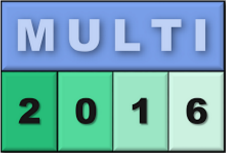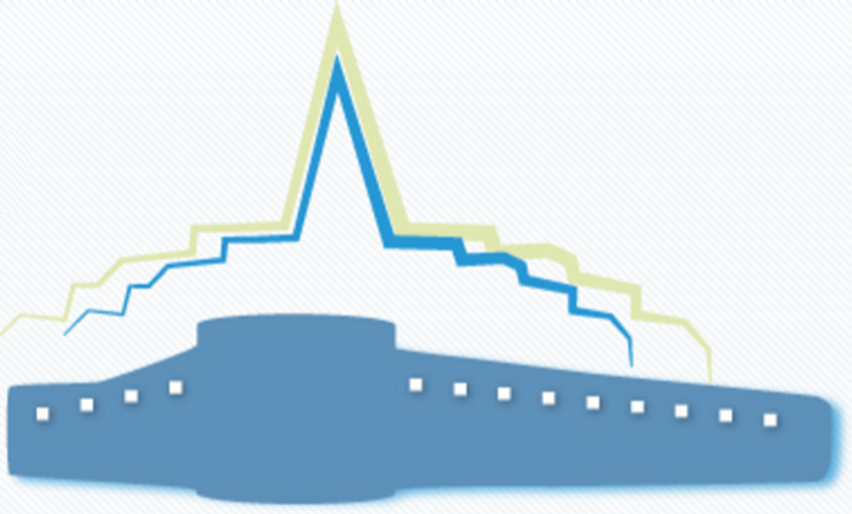As interest in multi-level modelling grows, and the range of multi-level modelling tools expands, there is growing interest in consolidating the key principles of the paradigm and clarifying the essential differences between heterogeneous approaches. Although multi-level modelling has now been used successfully in a variety of industrial projects and standards initiatives, there is still no clear consensus on what the paradigm actually entails and how it should be applied. For example, there are different views on whether it is sound to combine instance facets and type facets into so-called clabjects, whether strict metamodeling is too restrictive, and what tool architectures provide the best framework for modelling with multiple classification levels. This lack of a foundational consensus is mirrored by the lack of a common focus in current multi-level tools. Until these differences are resolved and the principles and practices of the approach are placed on a solid foundation, multi-level modelling will remain a niche technology and its user base will remain relatively small.
The goal of MULTI 2016 is to address these challenges and continue the community building established in the previous workshops. In particular, the goal is to encourage the community to delineate different approaches to multi-level modelling and define objective ways to evaluate their respective strengths/weaknesses. One key way of addressing this goal is to identify standard/canonical examples specially designed to exercise the abilities of multi-level modelling approaches. Such examples could be the result of, or further support, an analysis of which high-level goals are addressed by multi-level modelling in general. We encourage submissions on new concepts, implementation approaches and formalisms as well as submissions on controversial positions, requirements for evaluation criteria or case-study scenarios. Contributions in the area of tool building, multi-level modelling applications, canonical examples and educational material are equally welcome.
Topics
Suggested topics include, but are not limited to:
- the exact nature and semantics of elements in a multi-level hierarchy and how best to represent them
- the importance and role of potency and its variants such a durability and mutability
- transitioning from traditional modelling approaches/tools to multi-level approaches
- engineering domain-specific languages and complete tool support
- methods and technique for discovering clabjects, specializations and classification relationships
- formal approaches to multi-level modelling
- experiences and challenges in providing tool support for multi-level modelling
- experiences and challenges in applying multi-level modelling techniques to large and/or real world problems
- model management languages (transformation, code generation etc.) in a multi-level setting
- comparisons of multi-level and two-level solutions for modelling problems
- criteria for comparing multi-level modelling approaches and evaluating their usability
- canonical multi-level modelling examples and challenges
- distinct and multiple viewpoints on multi-level models
- methods for developing multi-level systems and languages
- innovative systems architectures enabled by multi-level languages
- multi-level modelling versus knowledge engineering and ontologies
Submissions
Two kinds of papers are solicited: regular papers (max 10 pages), and position papers (max 5 pages), adhering to Springer LNCS style. Papers should be submitted via Easychair. Accepted papers will be published as CEUR workshop proceedings and indexed in DBLP.

